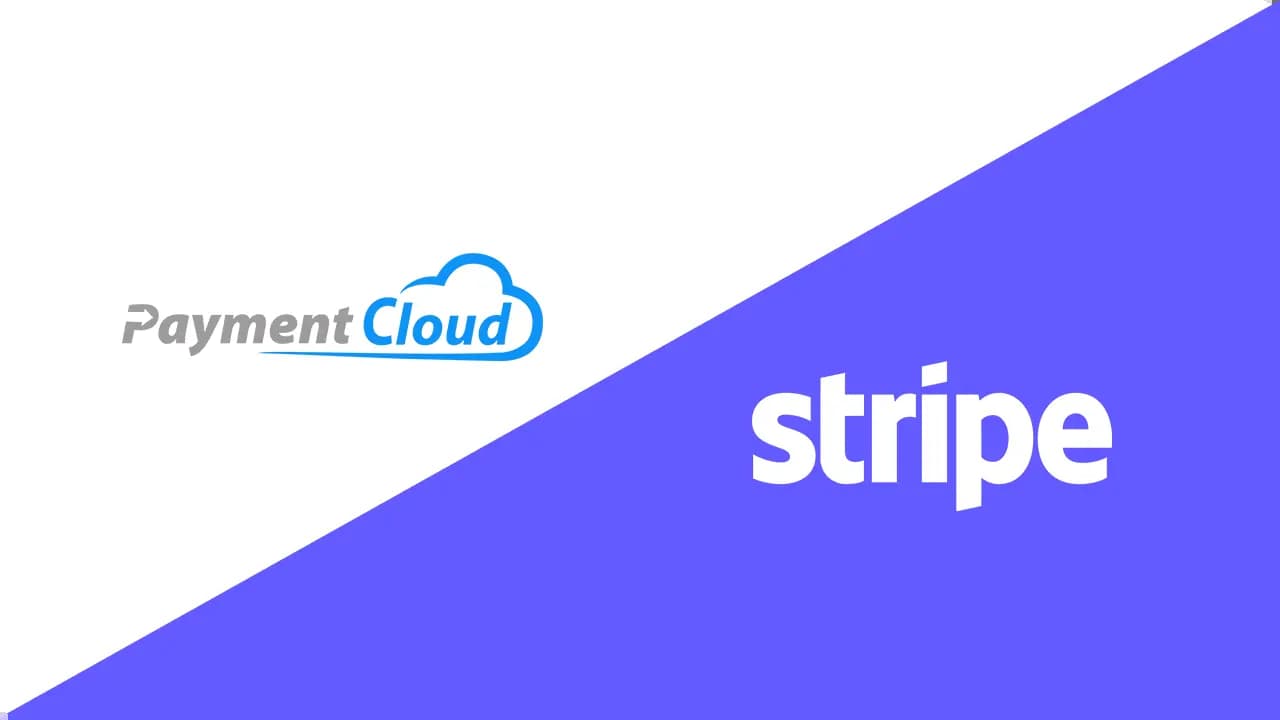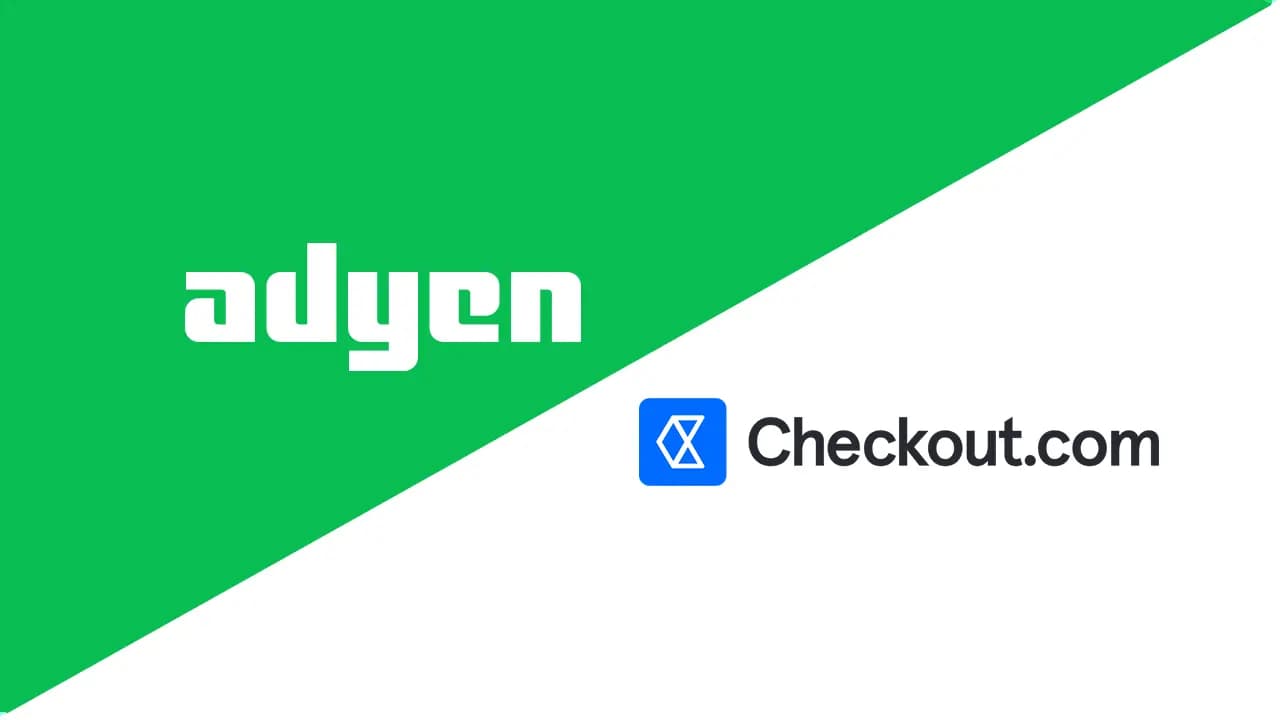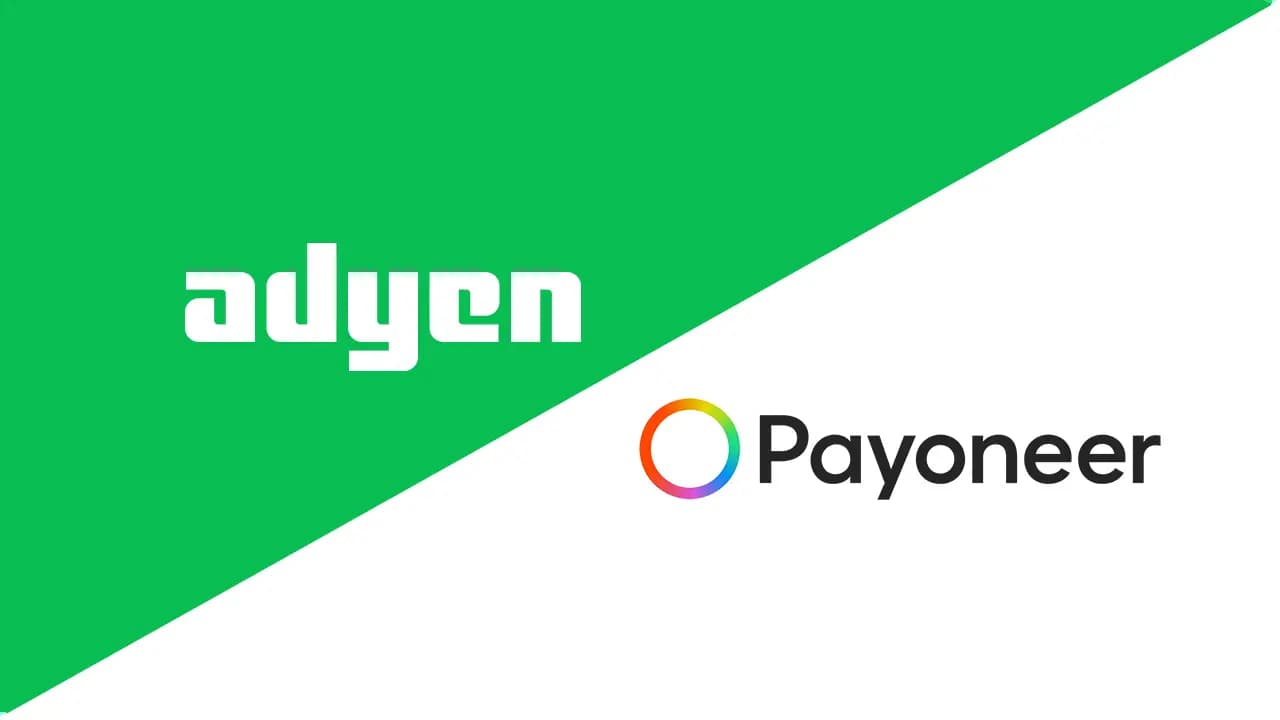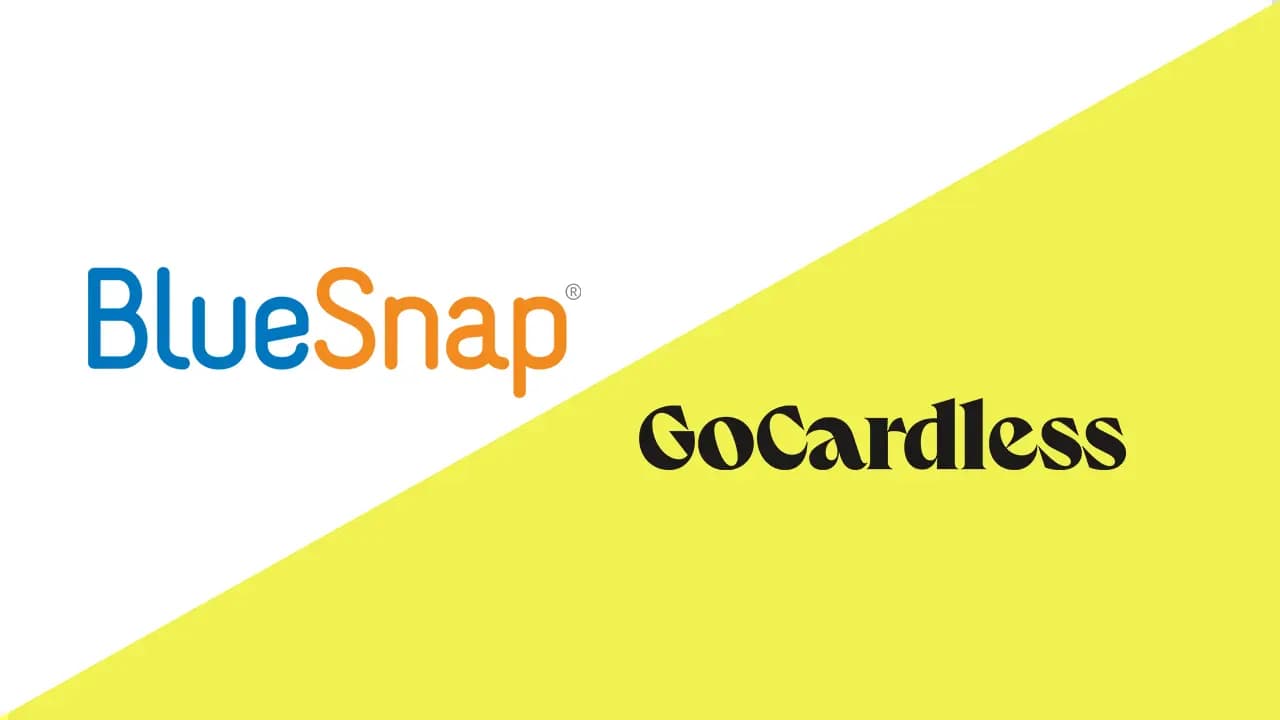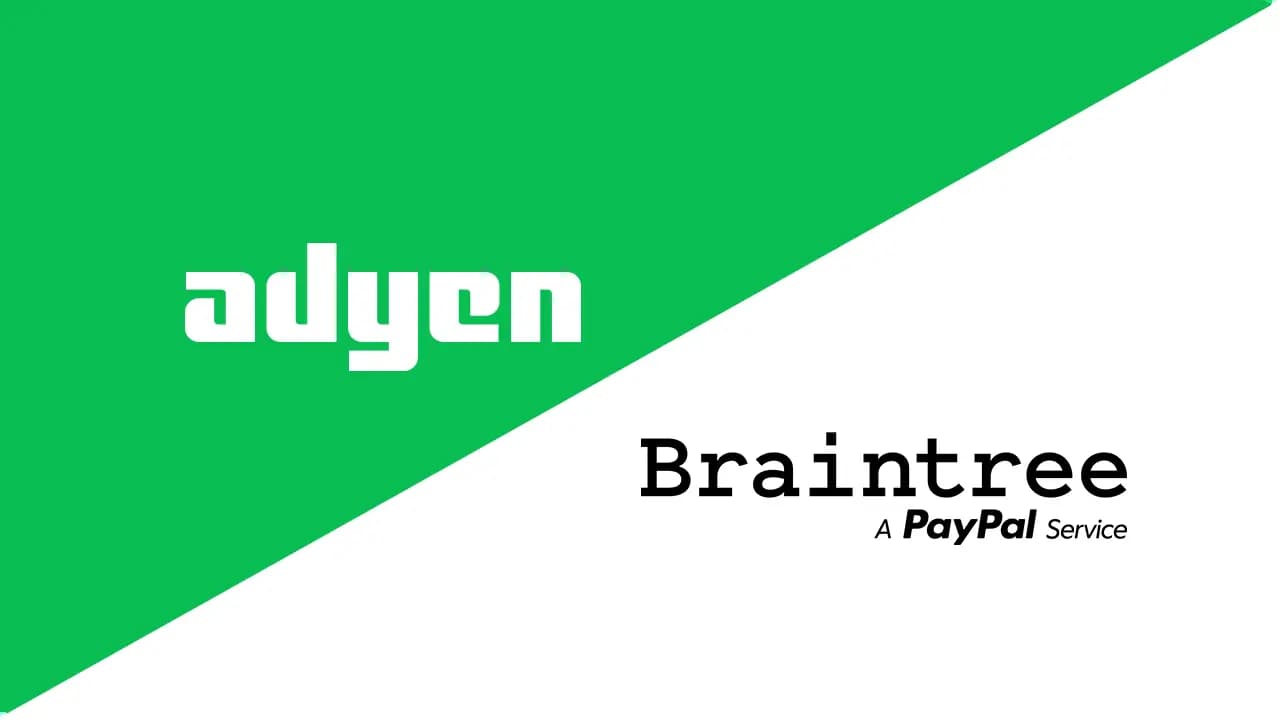
Which Is Best: Established Payment Giant or Rising Processor?
The payment processing landscape presents businesses with a critical decision: should you choose an established, global payment platform or an emerging direct processor focused on transparency and flexibility? This fundamental choice shapes everything from your implementation timeline to your long-term cost structure and scalability potential.
Stripe represents the established platform approach—a mature payment service provider that handles everything from gateway functions to global expansion within a comprehensive, developer-friendly ecosystem. With over 1.3 million active websites globally using Stripe and processing $1.4 trillion in annual transaction volume, Stripe has proven its ability to scale with businesses from startup to enterprise level across 46 countries and 135+ currencies.
Finix takes the direct processor route, functioning as a full-stack payment processor with direct connections to all major U.S. card networks—American Express, Discover, Mastercard, and Visa. Founded in 2015 and having raised $275 million in total funding, Finix processes “tens of billions of dollars for tens of thousands of merchants” with a focus on pricing transparency and flexible payment infrastructure.
The choice between these approaches isn’t just technical—it’s strategic. Do you value the proven scalability and global reach of an established platform, or do you need the cost transparency and direct processor benefits that come from working closer to the payment infrastructure? This comparison will examine both platforms in detail to help you determine which approach aligns with your business objectives.
Key Takeaways
- Stripe excels in providing a comprehensive, global payment platform with extensive features for international expansion
- Finix offers direct processor capabilities with transparent pricing and flexible payment infrastructure
- Key differences lie in pricing models (flat-rate vs. subscription + interchange-plus), geographic availability, and business focus
- The choice depends on whether you prioritize global reach and comprehensive features or cost transparency and direct processor benefits
Payment Platform Overview
Payment processing platforms have evolved beyond simple gateways to become comprehensive financial infrastructure solutions. These platforms combine payment gateway services, merchant accounts, processing capabilities, and business tools into unified ecosystems that enable businesses to accept, manage, and optimize their payment operations.
Modern payment platforms handle the complete payment flow—from securing customer payment information and performing fraud analysis to routing transactions through banking networks and providing detailed analytics. With the global payment processing solutions market valued at $103.2 billion in 2023 and projected to reach $160.0 billion by 2028, choosing the right platform has become critical for business success.
The distinction between traditional payment processors and modern platforms lies in their approach: traditional processors focus primarily on transaction processing, while modern platforms offer integrated business tools, developer-friendly APIs, and comprehensive payment ecosystems designed for digital-first businesses.
Stripe
Stripe has established itself as the leading payment platform for internet businesses, transforming how companies integrate payment functionality into their digital products. Rather than managing multiple payment relationships, businesses can access a complete payment ecosystem through a single integration.
What Is Stripe?
Stripe revolutionized online payments by making complex payment infrastructure accessible through simple APIs and comprehensive business tools. Founded in 2010 by brothers John and Patrick Collison, the company has grown to serve millions of businesses worldwide. As of 2024, 80% of the largest software companies in the United States used Stripe, demonstrating its dominance in the tech-forward business segment.
How Does Stripe Work?
Stripe operates as a complete payment ecosystem that handles every aspect of the payment flow. When customers make purchases, Stripe securely captures payment information, performs real-time fraud analysis using machine learning, and routes transactions through banking networks for authorization. The platform maintains PCI compliance, handles currency conversion for international transactions, and provides comprehensive reporting and analytics.
What sets Stripe apart is its developer-first philosophy combined with business-ready features. Developers can integrate payments with minimal code, while business users can access advanced features like subscription management, marketplace payments, and global expansion tools without technical expertise.
Stripe Features and Pricing
Stripe Features
Stripe offers a comprehensive payment platform including:
- Complete payment processing: Integrated gateway, processor, and merchant account services
- Global reach: Support for 135+ currencies and 100+ payment methods across 46 countries
- Subscription management: Advanced recurring billing with flexible cycles, usage-based pricing, and revenue optimization
- Fraud prevention: Machine learning-powered Radar system with customizable risk rules and real-time analysis
- Developer ecosystem: Extensive APIs, webhooks, and SDKs with comprehensive documentation and community support
- Business tools: Invoicing, tax calculation, financial reporting, and revenue recognition capabilities
- Marketplace platform: Split payments, seller onboarding, and multi-party transaction management
- Global expansion: Local payment methods, currency conversion, and international tax compliance
Stripe Pricing
Stripe offers transparent, flat-rate pricing with no setup or monthly fees:
- Online payments: 2.9% + $0.30 per successful transaction
- In-person payments: 2.7% + $0.05 per transaction
- International cards: Additional 1% fee for non-domestic cards
- Currency conversion: 1% fee for automatic currency conversion
- Enterprise pricing: Custom rates for high-volume businesses based on transaction volume and specific requirements
Stripe’s Strengths and Weaknesses
Strengths Of Stripe
- Global platform: Extensive international reach with 46 countries and 135+ currencies supporting worldwide expansion
- Comprehensive ecosystem: Integrated business tools including advanced subscription management, marketplace features, and financial services
- Developer experience: Industry-leading APIs, documentation, and development tools with large community support
- Proven scalability: Track record of supporting businesses from startup to enterprise scale across diverse industries
- Innovation leadership: Continuous feature development and early adoption of emerging payment technologies
- Predictable pricing: Flat-rate structure with no monthly fees makes cost planning straightforward
Weaknesses Of Stripe
- Pricing opacity: While rates are transparent, detailed transaction cost breakdowns are not provided
- Limited customization: Some branding and white-label options are constrained within Stripe’s ecosystem
- Support accessibility: Primarily online support with limited personalized assistance for complex issues
- Account policies: Strict compliance requirements can lead to sudden account restrictions
- Cost optimization: Flat-rate pricing may not be most cost-effective for high-volume businesses
Who Benefits the Most From Stripe?
Stripe Is Best For:
- Growing businesses seeking rapid global expansion and multi-currency support
- SaaS companies requiring sophisticated subscription billing and revenue optimization
- Marketplaces needing advanced split payment capabilities and seller management
- Developer-focused teams wanting extensive customization and integration flexibility
- International businesses prioritizing global payment method coverage
- Companies preferring predictable flat-rate pricing without monthly fees
Ideal Use Cases For Stripe
- Building global marketplaces with complex multi-party transactions
- Launching subscription services with advanced billing models and revenue optimization
- Creating international e-commerce platforms with local payment method support
- Developing fintech applications requiring extensive API customization
- Scaling businesses that need payment infrastructure to grow seamlessly with their operations
Finix
While Stripe offers a comprehensive platform approach, Finix has positioned itself as a direct payment processor that prioritizes transparency, flexibility, and cost optimization. By becoming a direct processor with connections to major card networks, Finix offers businesses more control over their payment infrastructure.
What Is Finix?
Finix is a full-stack payment processor that has built direct integrations with major U.S. card networks—American Express, Discover, Mastercard, and Visa. Founded in 2015 and headquartered in San Francisco, the company has positioned itself as an alternative to traditional payment platforms by offering transparent pricing and flexible payment infrastructure. As of 2024, Finix has 130 employees and has raised $275 million in total funding, with a recent $75 million Series C round in October 2024.
How Does Finix Work?
Finix operates as a direct payment processor, meaning it has built direct connections to card networks rather than relying on third-party processors. This approach allows Finix to offer more transparent pricing and greater control over the payment flow. When customers make transactions, Finix processes them directly through its network connections, providing detailed cost breakdowns and enabling businesses to understand exactly what they’re paying for each transaction.
According to CEO Richie Serna, Finix is currently “winning about 60% of the deals it sees and taking market share from other DNVPs and legacy processors alike”, indicating strong competitive momentum in the market.
Finix Features and Pricing
Finix Features
Finix provides a direct processing platform including:
- Direct processor capabilities: Direct connections to American Express, Discover, Mastercard, and Visa networks
- Transparent pricing: Cost-plus model with detailed transaction fee breakdowns showing exact markup
- White-label solutions: Customizable branded payment experiences with no-code and low-code options
- API-driven platform: Developer-friendly APIs for custom payment implementations and integrations
- Business tools: Virtual terminal, payment links, invoicing, and comprehensive reporting dashboard
- Compliance and security: PCI DSS compliance, fraud prevention tools, and automated risk management
- Multi-channel processing: Support for online, in-person, and mobile payment acceptance
- Automated operations: Merchant onboarding, underwriting, reconciliation, and dispute management
Finix Pricing
Finix uses a subscription-based model with interchange-plus pricing:
- Monthly subscription: Starting pricing available upon consultation (custom quotes)
- Transaction fees: Interchange cost + small markup (typically more cost-effective than flat rates for higher volumes)
- Minimum volume: Best suited for businesses processing at least $5,000 per month
- Volume discounts: Available for businesses processing over $1 million annually
- No long-term contracts: Flexible terms without binding commitments
Finix’s Strengths and Weaknesses
Strengths Of Finix
- Pricing transparency: Detailed cost breakdowns with clear interchange-plus pricing showing exact markups
- Direct processor benefits: Direct card network connections enabling greater control and potentially lower costs
- White-label capabilities: Extensive customization and branding options for custom payment experiences
- Customer service: Responsive, personalized support with dedicated account management
- Cost optimization: Subscription model can provide significant savings for high-volume businesses
- Flexibility: No long-term contracts and adaptable platform for evolving business needs
Weaknesses Of Finix
- Geographic limitations: Currently limited to U.S. and Canadian markets compared to global platforms
- Market maturity: Fewer advanced features and integrations compared to established platforms
- Minimum requirements: Best suited for businesses processing at least $5,000 monthly, limiting accessibility for smaller businesses
- International expansion: Limited support for global payment methods and currencies
- Feature breadth: Smaller ecosystem of business tools and third-party integrations
Who Benefits the Most From Finix?
Finix Is Best For:
- High-volume businesses seeking cost optimization through transparent interchange-plus pricing
- Companies requiring detailed transaction cost visibility and fee breakdowns
- Businesses needing white-label payment solutions and custom branding capabilities
- Organizations wanting to avoid vendor lock-in with flexible processing relationships
- Companies operating primarily in the U.S. and Canadian markets
- Businesses prioritizing direct processor benefits and infrastructure control
Ideal Use Cases for Finix
- Optimizing payment costs for high-volume transaction processing
- Building white-label payment solutions for software platforms and marketplaces
- Implementing custom payment workflows requiring detailed cost analysis
- Creating branded payment experiences for customer-facing applications
- Managing complex payment operations requiring direct processor flexibility
Financial & Market Insights
Key Financial Metrics: Stripe processed $1.4 trillion in annual transaction volume in 2024, representing significant scale in the global payment processing market. The platform serves over 1.3 million active websites globally and maintains a 20.8% market share in payment processing software. Finix processes “tens of billions of dollars for tens of thousands of merchants” and has quadrupled its revenue in the last year, indicating strong growth momentum.
Market Position and Growth Trends: The payment processing landscape continues evolving, with established platforms like Stripe maintaining market leadership while emerging processors like Finix gain traction through differentiated approaches. Finix became one of only ~25 merchant processors registered in the U.S. when it achieved direct network connections in 2023, joining the ranks of major processors like Adyen, Fiserv, and Worldpay.
Competitive Dynamics: The payments industry has sufficient room for multiple successful players, with different platforms serving different market segments and business needs. While Stripe focuses on global reach and comprehensive features, Finix targets transparency and cost optimization for volume-focused businesses.
Feature Comparison
| Feature | Stripe | Finix |
|---|---|---|
| Billing & Invoicing | ✅ | ✅ Available |
| Currency Support | ✅ | ⚠️ |
| Customizable Branding/White Label | ⚠️ | ✅ |
| Deployment Options | ✅ | ✅ |
| Fraud Prevention Tools | ✅ | ✅ |
| Integration Capabilities | ✅ | ✅ |
| Management Tools | ✅ | ✅ |
| Payment Types Support | ✅ | ✅ |
| Reconciliation Tools | ✅ | ✅ |
| Reporting & Data Analysis | ✅ | ✅ |
| Security/Compliance | ✅ | ✅ |
| Smart Routing | ✅ | ❌ |
| Split Payments | ✅ | ✅ |
| Supported Payment Methods | ✅ | ✅ |
| Tokenization | ✅ | ✅ |
| Vaulting | ✅ | ✅ |
Note: ⚠️ indicates partial or limited features.
Final Summary & Recommendation
Choosing between Stripe and Finix depends on your business scale, geographic focus, and strategic priorities:
Key Reasons To Choose Stripe
- Global expansion plans: When international growth and multi-currency support are strategic priorities
- Comprehensive feature needs: Organizations requiring integrated business tools, advanced subscription management, and marketplace capabilities
- Developer-focused teams: If extensive API customization and large developer community support are important
- Predictable pricing preference: When flat-rate pricing simplicity outweighs cost optimization potential
- Rapid deployment needs: For businesses needing quick implementation with minimal technical complexity
- Diverse payment method requirements: When supporting global payment preferences and emerging payment technologies is critical
Key Reasons To Choose Finix
- Cost optimization focus: When detailed pricing transparency and potential savings through interchange-plus pricing are priorities
- High transaction volumes: Businesses processing significant monthly volumes that can benefit from subscription-based pricing
- White-label requirements: Organizations needing extensive branding customization and custom payment experiences
- Direct processor benefits: Companies wanting greater control over payment infrastructure and processing relationships
- Pricing transparency priorities: When understanding exact transaction costs and markup details is important
- U.S./Canada focus: Businesses operating primarily in North American markets without immediate international expansion needs
Situational Recommendations:
- For global e-commerce and SaaS companies: Stripe provides the international reach, comprehensive features, and scalability needed for worldwide operations
- For high-volume U.S.-focused businesses: Finix offers cost optimization opportunities and pricing transparency that can significantly impact bottom-line results
- For marketplace and platform businesses: Stripe’s advanced split payment features and seller management tools provide more comprehensive marketplace support
- For businesses requiring extensive customization: Finix’s white-label capabilities and direct processor flexibility enable more tailored payment experiences
- For startups prioritizing speed to market: Stripe’s flat-rate pricing and comprehensive features enable faster deployment without volume requirements
- For established businesses optimizing costs: Finix’s transparent pricing model and subscription approach can provide meaningful cost savings for qualifying transaction volumes
The choice ultimately depends on whether you prioritize global reach and comprehensive features (Stripe) or cost transparency and direct processor benefits (Finix) for your payment processing strategy.
This comparison is based on publicly available information as of August 2025. Pricing and features may vary based on specific business requirements and negotiations with each provider.
